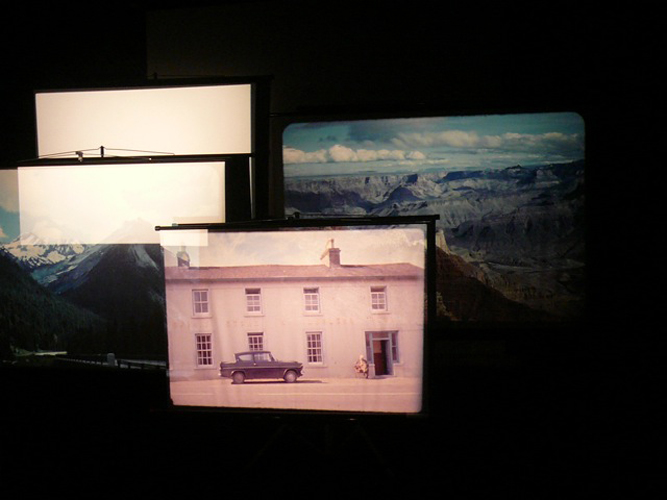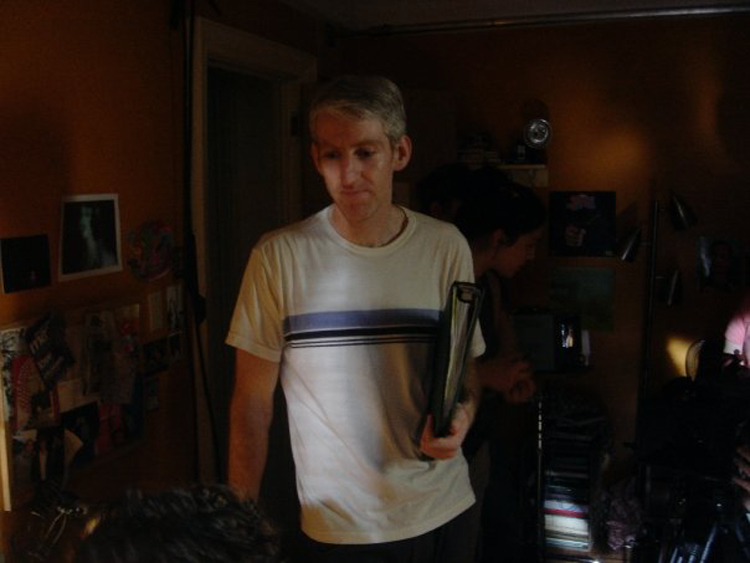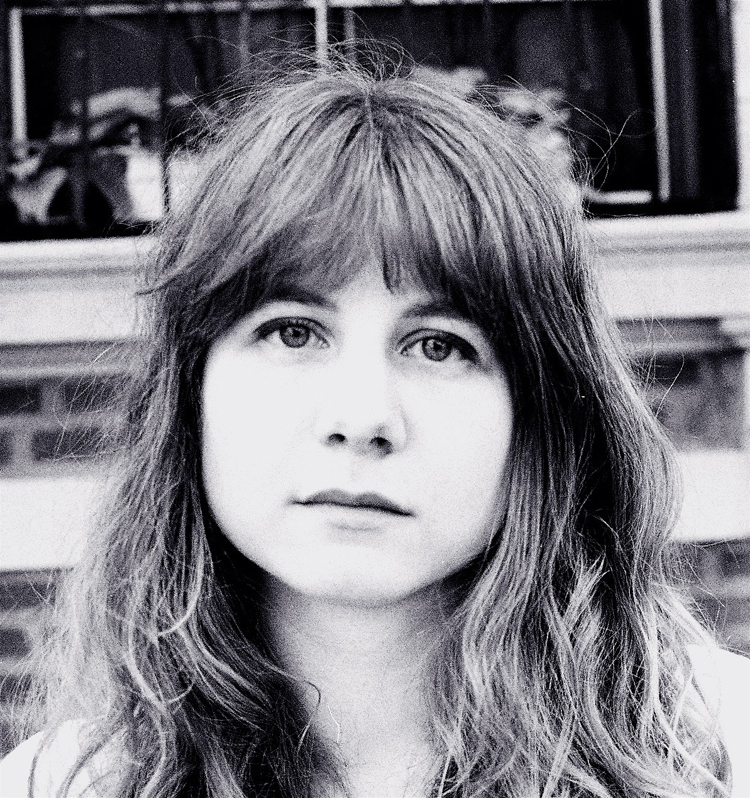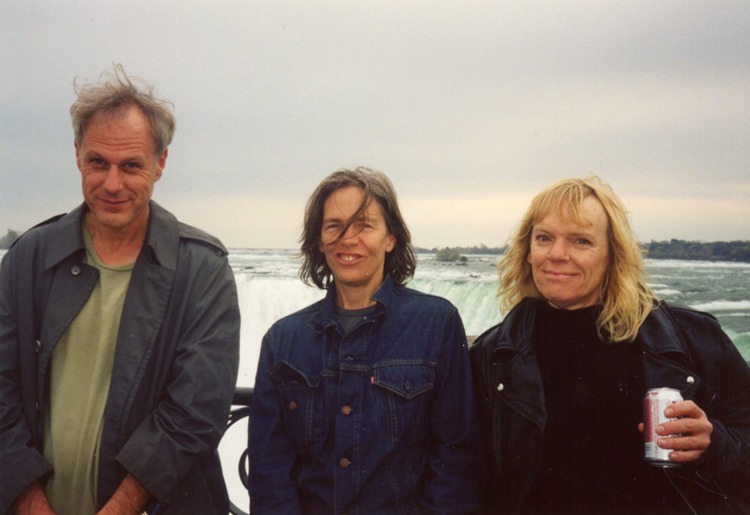This summer I attended a farewell party at Mx Justin Vivian Bond’s apartment in the East Village. Actually, let me rephrase that. I attended a farewell party for Mx Justin Vivian Bond’s apartment in the East Village. From early afternoon through the midnight hour, friends and loved ones of V came to drink, dance, and bid a warm and sometimes angry farewell to a beloved loft space where over the course of 2 years, the adored NYC singer, author, performer and artist flourished. Within days of the party, the apartment would be vacated to make way for a new condo complex called Avalon. A few weeks ago the contents of Justin Vivian’s loft settled into a new home at the Participant Gallery for V’s gallery show The Fall of the House of Whimsy. I sat down for a drink with Bond to discuss the show and the increasingly autobiographical direction of V’s work.
Adam: Tell me about your new show at Participant.
Justin: It’s called The Fall of the House of Whimsy. I chose that because it’s opening on Halloween, and you know, in Poe’s The Fall of the House of Usher this house that this artist is living in disappears into a mist at the end. And, my house that I’ve been working in is disappearing in the mists of Avalon, literally, because the developers that have done the Avalon Complex are turning my part of the building into a 12-story condo unit. The original tenants will each get an apartment for like $10 each, but for the rest of us, we’re out on our asses. My intention had been a show of my watercolors, but shortly before we had to move out in spring I was lying in bed one morning and the light was so beautiful that I just got out of bed and started photographing my apartment. I really started meditating on how creative I had actually been in the two and a half years that I had lived there. I produced my record and did the Jackie Curtis book with Hilton Als. I did my ReGalli Blonde show at The Kitchen, and we rehearsed it in that loft, and we rehearsed the Christmas Spells shows in the loft. I wrote my book Tango, had amazing parties and met amazing people in the loft. More…



![JWandrag_3381[1]](http://keepthelightsonfilm.com/wp/wp-content/uploads/2011/11/JWandrag_33811.jpg)




![DAN_FISHBACK_[Allison Michael Orenstein]_1](http://keepthelightsonfilm.com/wp/wp-content/uploads/2011/08/DAN_FISHBACK_Allison-Michael-Orenstein_1.jpg)
